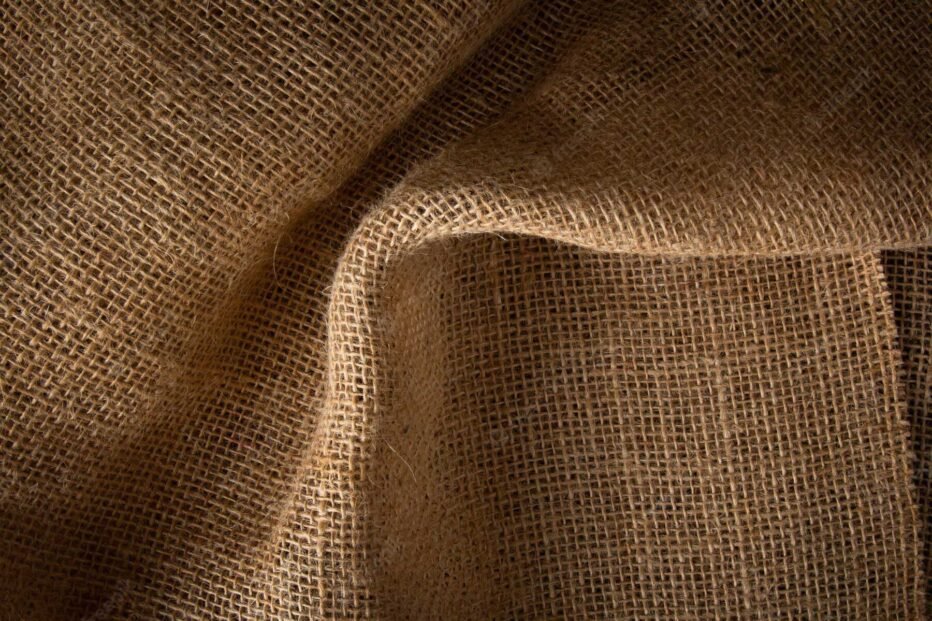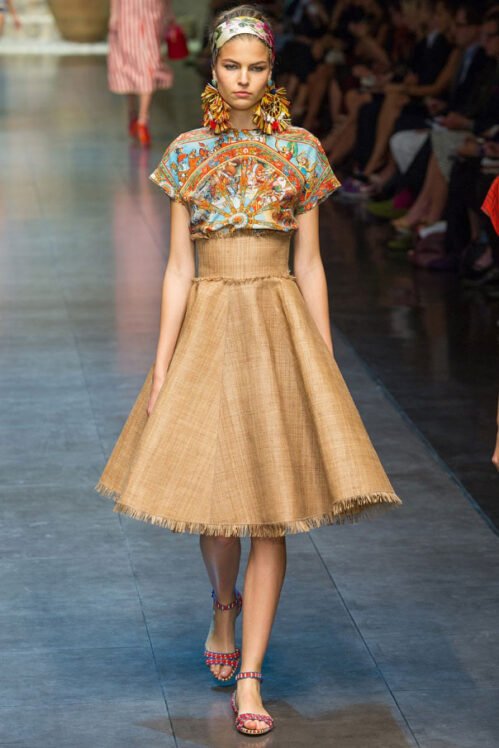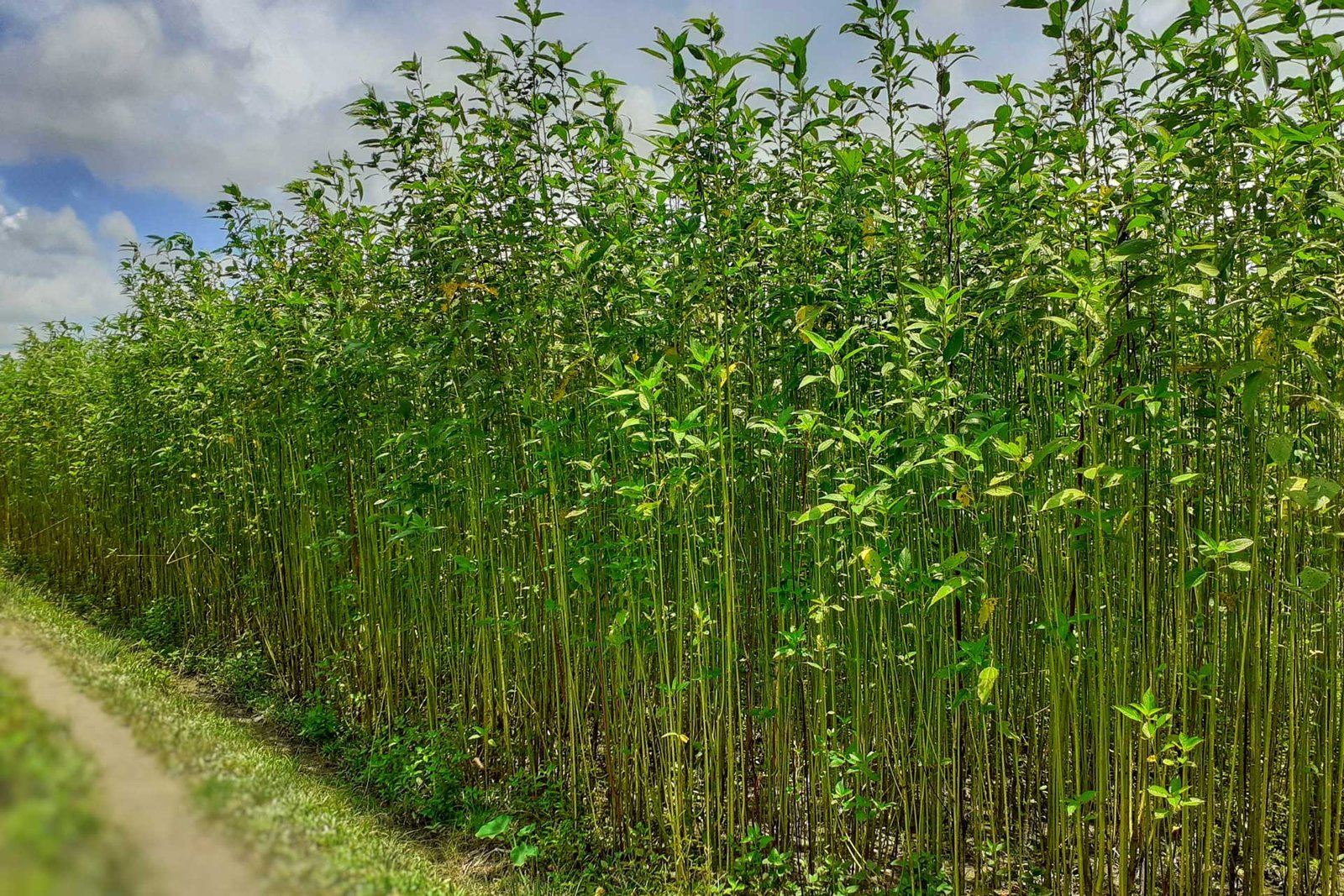Jute is extracted from the bark of the white jute plant (Corchorus capsularis) and to a lesser extent from tossa jute (C. olitorius). It is a natural fibre with golden and silky shine and hence called the Golden Fibre. Jute is an annual crop taking about 120 days (April/May-July/August) to grow.

Description
A low-cost, low-maintenance, and fast-growing fiber.
Jute is a highly lignified natural plant fiber that is extracted from the Corchorus plant. It is also known as the “golden fiber” as it is generally golden-brown in color with a natural luster. It is second only to cotton when it comes to production and global consumption, as well as being one of the
most affordable fibers.
Background
Story
Jute originated in India and has been grown on farms for centuries. The
fiber started to be exported Jute bag in the 1880s when a system for spinning and weaving was developed in Dundee, Scotland, which now has a jute museum. Jute products were replaced by synthetic fibers in the 1970s, and by the late 1990s, bulk packaging reduced the need for jute sacks.
Manufacturing
The production of jute fabric has remained largely the same for centuries. In most cases, mature jute stalks are harvested by hand, and they are then defoliated. Jute fibers can be derived from both the inner stem and the outer skin of the stalk.
A process called retting is used to remove the non-fibrous material from the stem and skin of the jute stalk. Retting softens the stalks and makes it possible to separate the fibrous material from the unusable material by hand.

Expertises
Characteristic
- Durable
- Strength decreases when wet
- Holds garment shapes well
- Low elasticity
- Able to insulate sound and heat
- Takes dye well and is colorfast
- Anti-static
- Blodegradable
Where Is Jute Fabric Produced?
The majority of the world’s jute is produced in India, Bangladesh, and Pakistan. Specifically, 85% of jute production is localized to the Ganges River Delta, which spans throughout Bangladesh and the Bengal region of India.
While China doesn’t produce as much jute as China or Bangladesh, it is still one of the world’s largest jute producers. A variety of other Asian countries also produce jute including Thailand, Burma, and Bhutan.
How Much Does Jute Fabric Cost?
The most inexpensive way to purchase jute fabric is to work directly with a manufacturer in India, Bangladesh, or another jute-producing country. Taking this approach stimulates the local economy, and it empowers textile producers to overcome exploitative crop production paradigms.
Attributes of Jute
Jute is a relatively rough fiber, which means that it isn’t well-suited for apparel applications unless it goes through an extensive production process. Instead, jute’s roughness and durability make it ideal for industrial applications. Most types of jute fabric are loose with woven networks of thick yarn.
While jute absorbs water readily, it also dries quickly, and it is highly resistant to abrasion and stains. Being plant-based, however, jute biodegrades relatively quickly, and it isn’t known for its long-term durability in outdoor applications.
Social
12k followers
30k likes
Youtube
22k subscribers
8k followers
Have a project in mind?
If you have a great idea, reach out to me. Whether it is a small or big project, I will listen first and get back to you with a plan.

